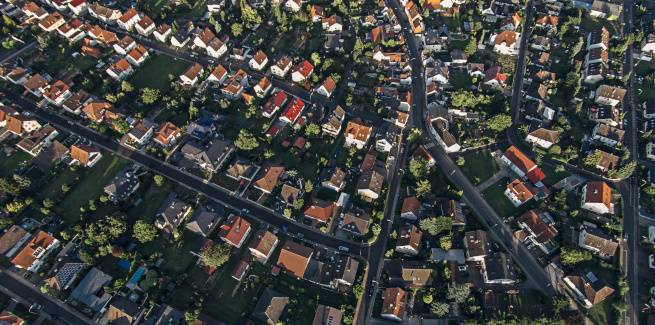New analysis released by PRD Real Estate’s research arm, PRD Research, has suggested that home loan affordability collapsed over the 12 months to the December 2021 quarter, driven by a disparity between house price and family income growth.
According to PRD Research, the weighted average Australian median house price increased by 25 per cent between the December 2020 quarter and the December 2021 quarter, reaching a sum of $1,021,710.
By city, Sydney’s median house price reached $1,499,000 over this period, followed by Melbourne ($1,037,000), Brisbane ($702,000) and Hobart ($698,000).
However, by comparison, the median family income grew by 5.3 per cent.
“Thus, the proportion of family income needed to meet loan repayments increased by 37 per cent,” PRD Research said, adding that its Home Loan Affordability Index – derived from Real Estate Institute of Australia data – dropped by 10.6 per cent over this 12-month period.
PRD Research said that Australia’s score on this index, as of the December 2021 quarter, was 27 index points.
This index decline was seen as its greatest by Victoria, which fell by 13.5 per cent to reach 26.8 index points, followed by New South Wales, which collapsed by 12.6 per cent to hit 21.5 index points – the lowest state score reported.
Queensland and Tasmania also saw falls over this 12-month period, with both states sitting on 30 index points.
The data is the latest in what has been a consistent trend of research suggesting that Australian dwelling prices increased at a drastic rate over 2021.
Figures released by the Australian Bureau of Statistics last month stated that, over 2021, the weighted average of a dwelling within an Australian capital city rose by over 23 per cent, its strongest 12-month growth since 2003.
Separate findings published by Domain in late January concluded that the median price for a house in an Australian capital city was then worth over $1 million, with the year-on-year growth exceeding 25 per cent.
But while additional findings by PropTrack have suggested that value growth is beginning to freeze, affirming reports from CBA and CoreLogic of an imminent fall in prices, housing costs still remain high.
Last month, the inquiry into housing affordability and supply in Australia published its report and 16 recommendations on improving housing access, with the committee suggesting that some measures could include increasing supply and phasing out stamp duty on a coordinated national basis.
However, not all of these measures were embraced by the country’s housing bodies.
Real Estate Institute of NSW (REINSW) chief executive Tim McKibbin said he was uncertain whether this report would address the core issues pertaining to unaffordability and the lack of supply.
“Solving the affordability crisis requires coordinated actions across all levels of government and while there is no single solution, increasing the supply of property is the most important action with the potential to have the greatest impact,” he said.
[Related: Housing value growth continues downward crawl]
 ;
;